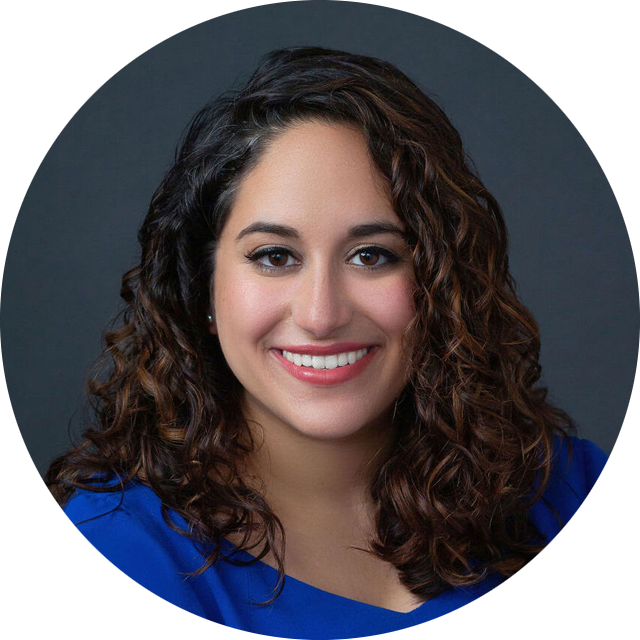When I was growing up, Puerto Rico was always my favorite place on Earth. Born in Boston to Puerto Rican parents, I spent my summers on the beaches of Rincon or hiking with my cousins in El Yunque. In 2004, we moved to the island to be closer to family. We moved into the same neighborhood as my grandparents, and I attended the same high school that my mother graduated from 30 years prior. When I left the island to go to college, the island was no longer just the place I spent my summers; it was home.
That made September 2017 particularly difficult when two Category 5 hurricanes hit the island within weeks of each other. The second, Hurricane Maria, left the entire island without power for months and brought life on the island to a complete standstill. It took 24 hours to find out whether my parents were alive and weeks before we were able to have a conversation longer than 30 seconds over the phone. They spent nearly four months without power, living off generators and drinking bottled water that had to be shipped in. Yet we were incredibly lucky: Many families lost everything and, although the official death toll remains at 64 people, a Harvard study estimates that more than 4,500 Boricuas died as a result of the storm.
Today, the island is inching back toward normalcy with renewed energies to rebuild a better Puerto Rico. Much like New Orleans after Hurricane Katrina, many people on the island are taking this opportunity to reimagine education structures and processes. The Departamento de Educación de Puerto Rico (DE), or the Puerto Rico Department of Education, in particular has embraced the opportunity to redesign itself from the inside out.
The DE is both a local education agency and a state education agency and, prior to the hurricane, was the fourth-largest LEA in the nation with over 350,000 students and 77,000 employees. When the hurricane hit in September, DE was in the very early stages of restructuring into seven regions with decentralized decision-making power and consolidating from 1,200 schools to roughly 900. The hurricane delayed the implementation of this transition, but made it more important than ever to redistribute responsibilities closer to the ground. In addition, the mass exodus of Puerto Ricans since the hurricane reinforced the need to combine school buildings more efficiently. This new model will provide regional staff members with unprecedented decision-making power over roughly 125 schools per region.
However, with this new authority comes many challenges, including how to train teachers within this new structure. Previously, school leaders identified professional development (PD) needs and procured sessions on a school-by-school basis. Although this meant that PD theoretically aligned to school needs, there was little to no coherence, and it was impossible to identify what teachers knew at the system-wide level. In addition, these sessions were often “sit-and-get” in structure and focused on pilot programs and unproven initiatives, despite the fact that less than 40 percent of students are proficient in math.
Given these challenges, the department set a clear and simple goal: to have the best back-to-school year ever. From the disaster, DE aims to begin the 2018-19 school year with teachers in every classroom, new books and instructional resources, new technology and support infrastructure and refreshed school buildings to welcome a new chapter in Puerto Rican public education. In March of 2018, DE asked Education First to help support this vision, specifically through creating a professional development framework with a focus on the first four days of professional development in schools.
We began this project understanding that DE needed to shift away from the sit-and-get model to improve teacher quality and developed a framework that began with the fundamentals: content and instructional practices. We also began developing the structures that most SEAs and LEAs take for granted like content development work plans, common PD calendars and PD evaluation systems. These fundamentals aim to get DE closer to a world where sit-and-get PD is no longer the norm and where regional based, job-embedded coaching is available to every teacher.
Along the way we drove hours through lush mountains to make sure our plan was informed by the voices of teachers and principals outside San Juan, and painstakingly sought out central staff to make sure the project would survive in our absence.
While this project has certainly been professionally enriching, it has been a particular honor to give back to my island. I vividly recall the weeks of chaos and uncertainty after the hurricane and the nagging worry about whether Puerto Rico would ever return to being the island of enchantment. Having this opportunity to give back–give my little granito de arena–to the island that raised me has been transformative. It has truly been an honor to be able to play a small role in getting DE off to a great start this school year. We are currently in the process of finalizing the plan for back-to-school PD. We have many weeks of hard work ahead but we are optimistic that the start of school this year will be a celebration of the resiliency of the Puerto Rican people.

